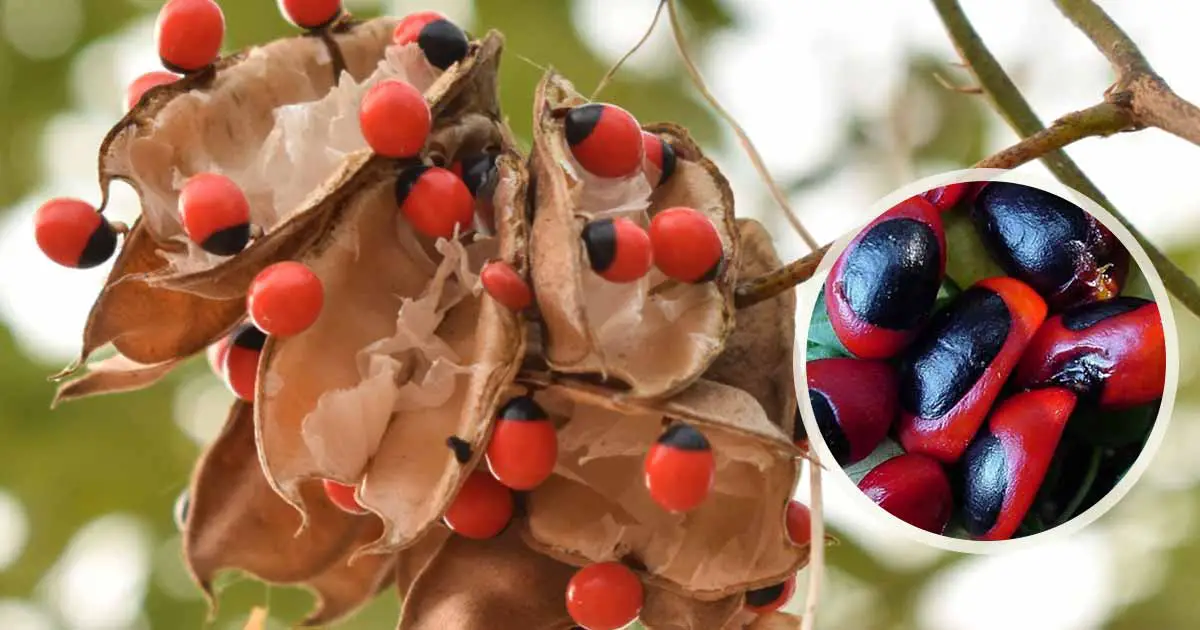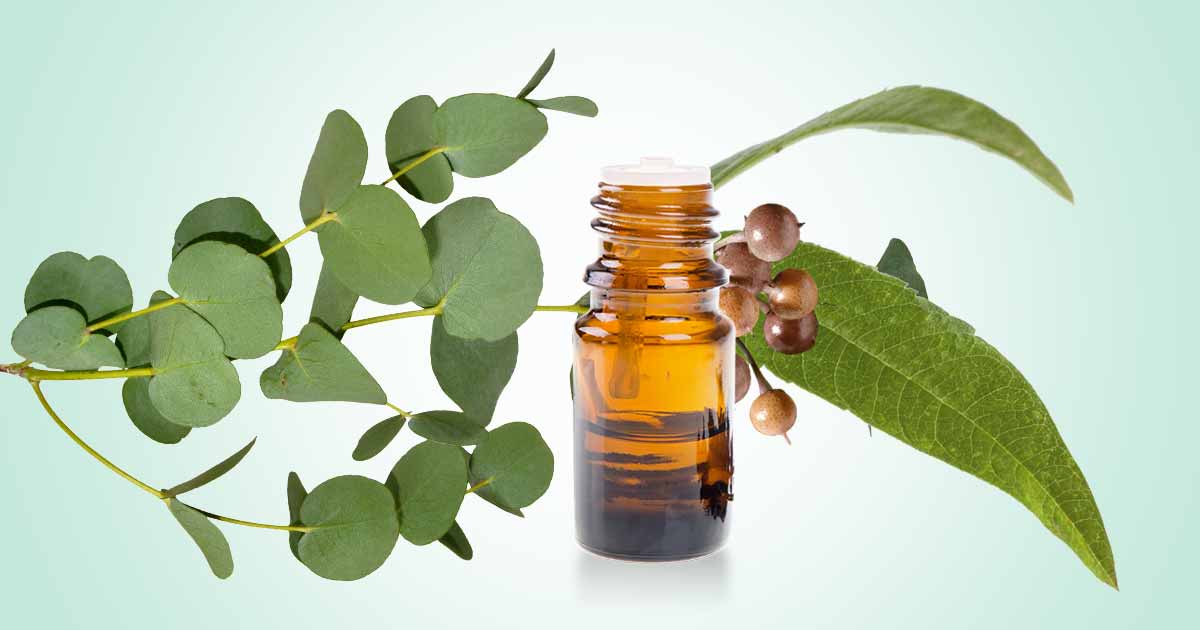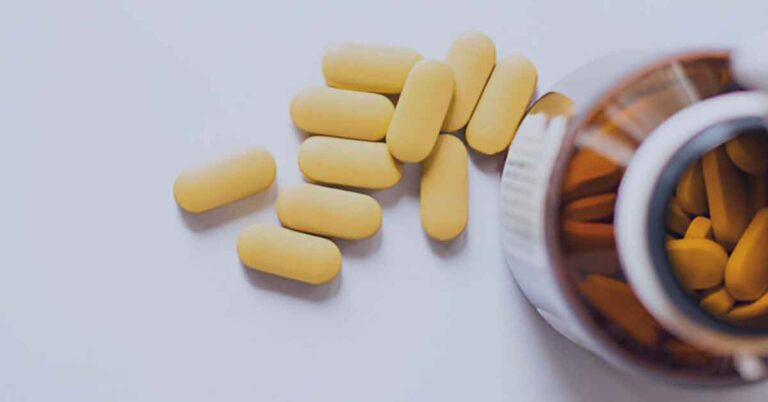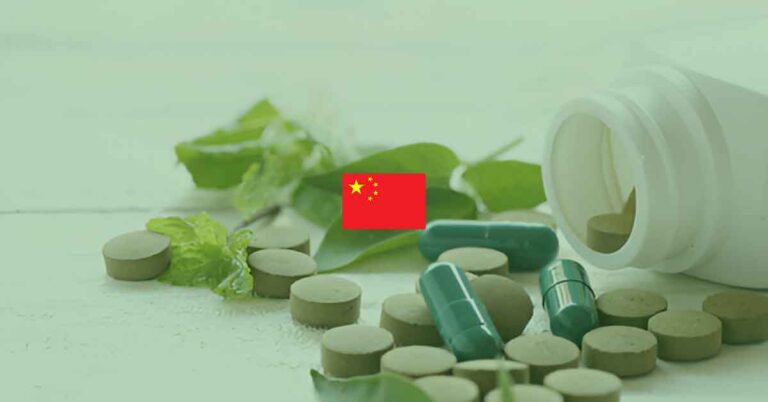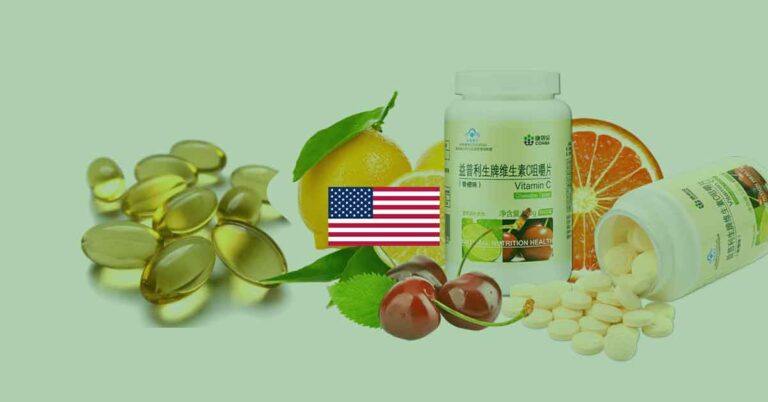The mahogany seed is produced by the species of the Trichilia genus, Trichilia dregeana (forest mahogany) while the Trichilia emetica (Natal mahogany) produces a similar seed called Natal Mahogany seed ‘‘Musikili’’. The Trichilia species belong to the Meliaceae family. These plants grow in Africa, America, and Asia.
The plant, Trichilia dregeana is a large tree that grows in evergreen forests. It can grow up to 35 m height, and has a beautiful dark foliage and large rounded crown. The bark is smooth, often rough, dark-grey, while the leaves are compound with 3–5 pairs of leaflets, and one terminal leaflet. Leaflets are entire, opposite or alternate, glossy and dark green in color. Flowers are creamy-white, and are borne on dense, branched axillary inflorescences, with velvety petals.
Both Natal mahogany and forest mahogany has similar appearances. However, T. emetica has 13-16 side veins, which are less glossy and not as dark as T. dregeana. Also, the apex that is more rounded than the acute to acuminate tips, observed in T. dregeana. T. dregeana is mostly found in forests, while T. emetica is found more in open habitats. Also, only the Natal mahogany seed has fruit capsules with a distinct neck joining them to their stalk. Trichilia emetica is more valued than Trichilia dregeana because of its oil and for medicinal purposes.
Other names of the plant include Forest natal mahogany, Cape mahogany, thunder tree, Christmas bells, red ash (English) Muchichiri (English) Mutsikiri (Shona).
In traditional medicine, the leaves are used to treat syphilis in Nigeria, while the bark is used in Zimbabwe as a purgative and as a fish poison. Other medicinal uses of Trichilia dregeana include treatment of stomach complaints, leprosy, sleeplessness and backache. Decoction from the bark is also used in kidney problems, and as stomach cleanser.
The mahogany seed is rich in fats, and are used in making soaps, body ointment, hair oils. The triglyceride-rich oil can be used to produce cocoabutter equivalents.
When the seed is pressed, it yields two types of oil, an edible ‘‘mafura’’ oil (solid butter) which is obtained from the fleshy seed envelope, and ‘‘mafura’’ butter (Shea butter) from the kernel, which is bitter and not edible. ‘‘Mafura’’ butter is used for cosmetics, soap and candle making (van der Vossen et al.,2007)
Composition of Mahogany Seed
The mahogany seed is edible. It has a white kernel and a reddish husk. A 100g of the seed has 1897 kJ. of energy. The seed also contains 47.5% carbohydrates, 17.0% proteins, 22.9% fats, and 8.1% fiber. The mineral content includes magnesium, iron, potassium, phosphorous and sodium (Saka and Msonthi, 1994).
The mahogany seed contains 55–65% oils, and they are mainly palmitic acid 34%, stearic acid 3%, oleic acid 51%, linoleic acid 11%, linolenic acid 1%.
The mahogany seed especially seed coat also contains biologically active compounds such as limonoids, a class of tetraterpenoids. The limonoids include evodulone and prieurianin derivatives, including sendanin, trichilinin, dregeanin, dregeana 1–5, trichilin A–D, and rohituka 3, 5, 7. The bark and root bark contains resin, tannins and a mixture oftriterpenes (calicedrin)
Medicinal Benefits of Mahogany Seed (Trichilia dregeana, Trichilia Emetica)
Mahogany seed, leaves, stem bark, root extract has antioxidant, anti-inflammatory, hepatoprotective, antibacterial, antitussive, antiplasmodial, anticancer, and antitrypanosomal activities.
Antioxidant property:
T. emetica inhibited the auto-oxidation of methyl linoleate(MeLo), lipid peroxidation in rat liver microsome (Ger-mano et al., 2006).
Anti-inflammatory effect:
Limonoids also possess both antibacterial and anti-inflammatory property. The bark extract also contains inhibitors of the prostaglandin-synthesis.
The aqueous and ethanol extract of Trichilia Emetica exhibit 89% and 22% inhibition of prostaglandin synthesis (McGawet al., 1997).
Anticancer effect:
Kurubasch aldehyde, a sesquiterpenoid isolated from the roots of T. emetica, reduced the proliferation of breast cancer cells and also inhibited the proliferation of murine sarcoma S180 cancer cells (Traore et al., 2007).
Antimicrobial activity:
T. emetica root extract has antibacterial activity against bacteria such as Staphylococcus aureus, Streptococcus pyogenes, Streptococcus pnuemoniae, Moraxella catarrhalis and Haemophilus influenzae (Germano et al., 2005). Limonoids are responsible for the antibacterial activity.
The leaf extract inhibits Enterococcus faecalis, Staphylococcus aureus, Pseudomonas aeruginosa and Escherichia coli (Shai et al., 2008).
The fruit extract inhibited Candida albicans, Cryptococcus neoformans, Aspergillus flavus, Trichophyton mentagrophytes and Trichophyton violaceum (Geyid et al., 2005), while the leaf extract inhibited C. glabrata and C. albicans Kolaczkowski et al. (2009).
Antimalarial property:
T. emetica has been used by Malians and South Africans to treat malaria. The methanolic leaf extract showed promise against two strains of Plasmodium falciparum (El Tahir et al.,1999). However, Bah et al. (2007) reported lowered activity by the extract, which contradicts earlier reports.
The stem bark and root bark exhibited antiplasmodial activity.
Hepatoprotective property:
The aqueous extract of T. emetica root exhibited hepatoprotective activity by preventing the release of aspartateaminotransferase (AST) and lactate dehydrogenase (LDH) in rats induced with hepatoctyes damage using carbon tetrachloride (CCl4) (Tezuka et al., 1995). Limonoids are also thought to be responsible for the activity.
Antitussive property:
Polysacharides from the mahogany seed suppressed chemically induced cough in guinea pigs, causing the reduction of citric acid-induced cough efforts within 60 min of oral administration. However, the cough increased 5 hours after administration (Sˇutovska`et al., 2009).
Antischistosomal activity:
Root extract of T. emetica obtained from KwaZulu-Natal exhibits a weak schistosomocidal activity.
Antitrypanosomal effect:
T. emetica leaf extract exhibited good activity against Trypanosoma brucei brucei, and Trypanosoma brucei rhodesiense (Hoet et al., 2004). The methanol bark extracts also exhibit antitrypanosomal activity (Kamanzi-Atindedouet al. 2004). The antitrypanosomal activity has been attributed to the limonoids.
Insecticidal activity:
The root and leaf extract of T. roka contains a group of compounds “trichilins”, also found in T. emetica. These compounds have insect antifeedant activities against Spodoptera eridania and Epilachna varivestis (Kubo and Klocke, 1982)
Toxic Effect
T. dregeana (closely related to T. emetica) may be toxic. In 1899, an African woman died after taking the decoction of the bark as a laxative. The leaf extract is also thought to be more toxic than the stem bark extract.
The dichloromethane extract of T. emetica stem bark was highly toxic to monkey kidney cells (Prozesky et al. 2001). The leaves caused death in laboratory guinea-pigs by causing edema of the lungs (Burkill, 1997).
Kurubasch aldehyde, and limonoids are also cytotoxic.
References
- https://pza.sanbi.org/trichilia-dregeana
- https://uses.plantnet-project.org/e/index.php title=Trichilia_dregeana_(PROTA)&mobileaction=toggle_view_desktop
- https://afroemporium.com/products/ground-akparata-seed-soup-thickener
- https://www.researchgate.net/publication/251708866_Trichilia_emetica_Meliaceae_-_A_review_of_traditional_uses_biological_activities_and_phytochemistry

